Even "password123" would be better than this.
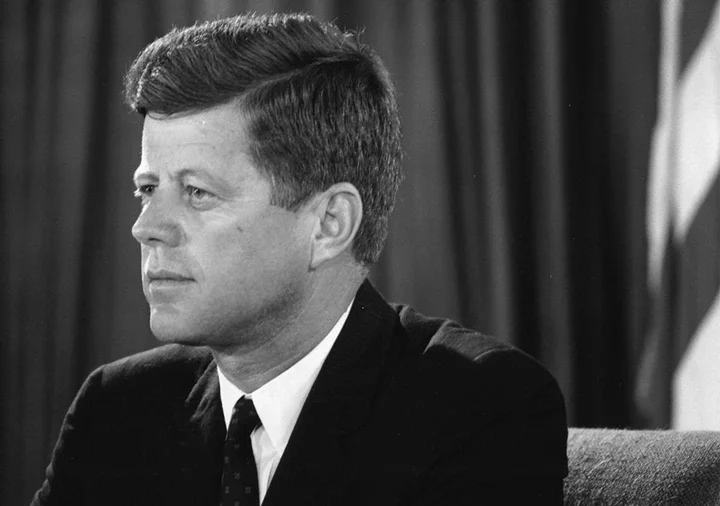
If you think your own password habits are bad (adding the number "1" after your cat's name), you will be reassured and horrified to learn that the US nuclear arsenal was allegedly much less secure during the height of the Cold War with the Soviet Union.
Assuming you aren't Dr Strangelove, you would probably like nuclear codes to be as protected as possible, in order to safeguard against accidental or unauthorized nuclear strikes.
In the 1980s, one Harvard academic and specialist in negotiation and conflict management came up with a particularly secure idea and proposed it to the Pentagon: The nuclear codes should simply be embedded into the chest of a colleague of the president. Then, in the event of choosing to launch a nuclear missile, the president would have to stab the codes out.
In a piece published in the Bulletin of the Atomic Scientists in March 1981, Roger Fisher described the concept.
"There is a young man, probably a Navy officer, who accompanies the President. This young man has a black attaché case which contains the codes that are needed to fire nuclear weapons. I could see the President at a staff meeting considering nuclear war as an abstract question. He might conclude: 'On SIOP Plan One, the decision is affirmative, Communicate the Alpha line XYZ.' Such jargon holds what is involved at a distance," Fisher wrote.
"My suggestion was quite simple: Put that needed code number in a little capsule, and then implant that capsule right next to the heart of a volunteer. The volunteer would carry with him a big, heavy butcher knife as he accompanied the President. If ever the President wanted to fire nuclear weapons, the only way he could do so would be for him first, with his own hands, to kill one human being. The President says, 'George, I'm sorry but tens of millions must die.' He has to look at someone and realize what death is-what an innocent death is. Blood on the White House carpet. It's reality brought home."
The concept might be a good one (assuming it doesn't just make the president hungrier for blood) but fear not, there is little chance of it being used. When Fisher, who described nuclear weapons as a solution to no problem "except the population problem," put it to the Pentagon, he got an answer that isn't very reassuring for humanity. "When I suggested this to friends in the Pentagon they said, 'My God, that's terrible. Having to kill someone would distort the President's judgment. He might never push the button."
Instead, safeguards include needing several personnel with authorization from the President to turn keys in order to launch a strike, as well as nuclear codes.
But according to nuclear expert and former launch officer Bruce Blair, when President John F. Kennedy ordered the use of codes to further protect nuclear weapons in 1962, there was pushback from those who implemented it.
"The Strategic Air Command (SAC) in Omaha quietly decided to set the 'locks' to all zeros in order to circumvent this safeguard," Blair claimed in 2004. "During the early to mid-1970s, during my stint as a Minuteman launch officer, they still had not been changed. Our launch checklist in fact instructed us, the firing crew, to double-check the locking panel in our underground launch bunker to ensure that no digits other than zero had been inadvertently dialed into the panel."
According to Blair, SAC was less concerned with unauthorized launches than they were with the need to launch quickly, in the event of launch orders. In the same way you may set your phone's pin to 0000, prioritizing your urge to doom-scroll quickly over stopping your kid learning the code and using it to watch endless Minecraft videos.
"And so the "secret unlock code" during the height of the nuclear crises of the Cold War remained constant at OOOOOOOO."
The US Air Force have since denied this, stating "a code consisting of eight zeroes has never been used to enable or launch a MM ICBM, as claimed by Dr. Bruce Blair." Blair rejected this, sticking to his initial claim, adding that the unclassified technical manual for Minutemen explained that "under normal conditions CODE INSERT thumbnail switches will be set at 00000000", and accused the air force of "misleading information on its nuclear fail-safe procedures".
Nevertheless, no unauthorized nuclear missiles were launched during this time, even if the launch codes were set to eight zeros as claimed. A more robust system, in which launch personnel would have to dial a higher authority in order to receive the codes, came into place in 1977.

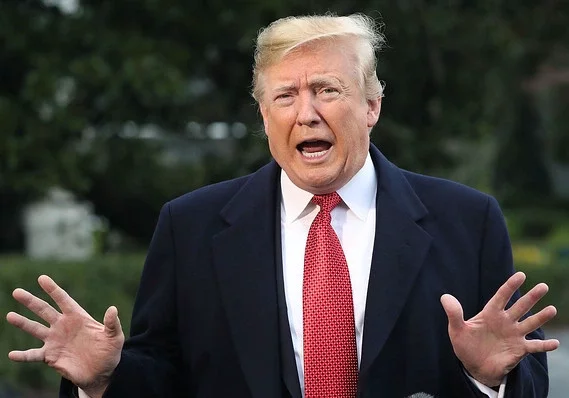
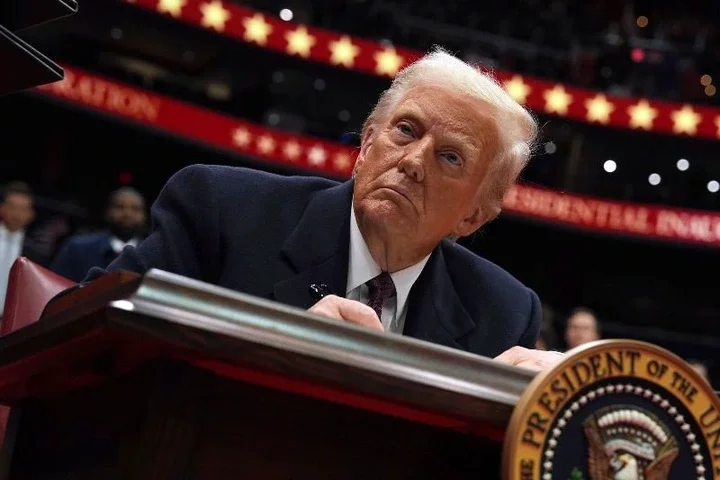
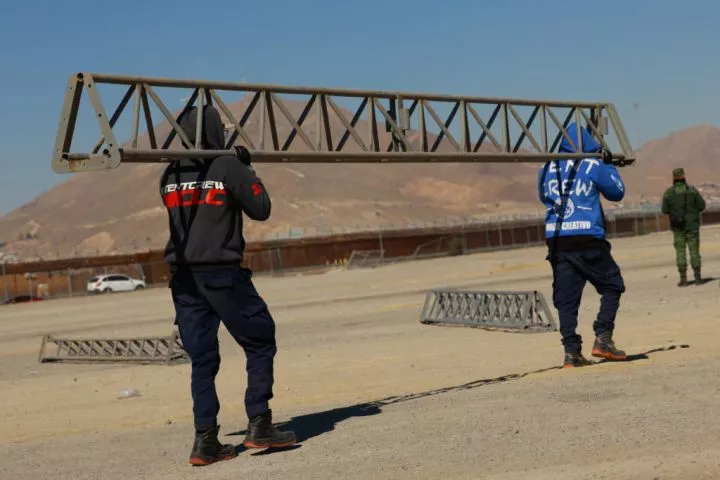
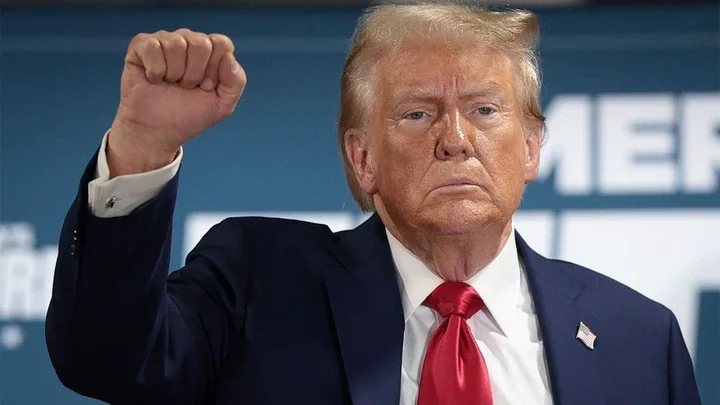
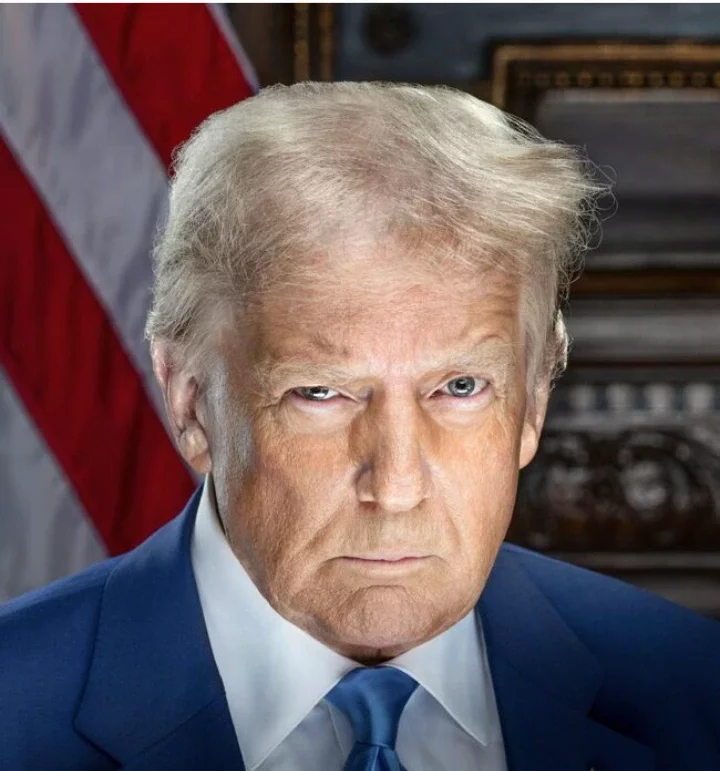
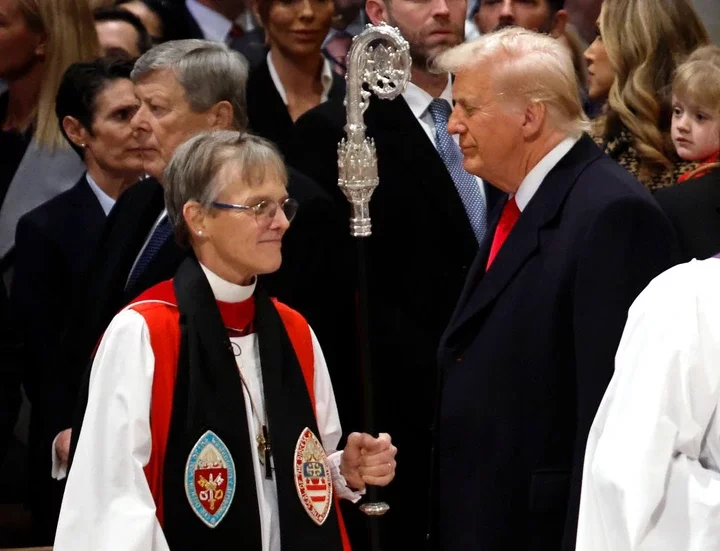

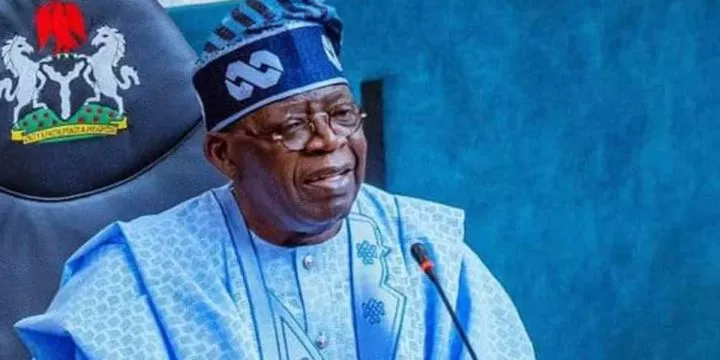

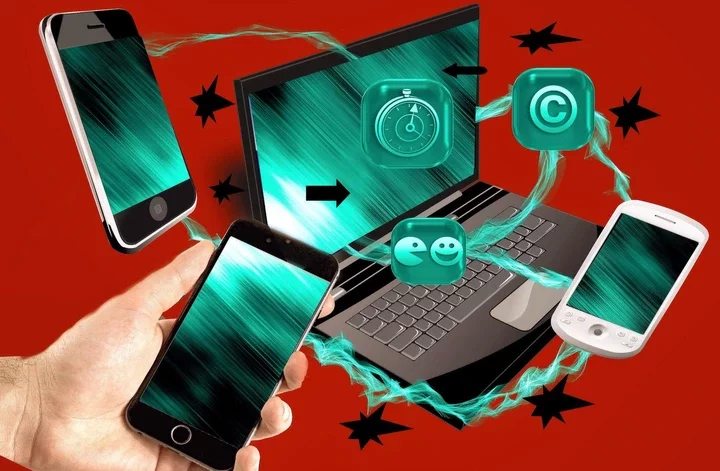
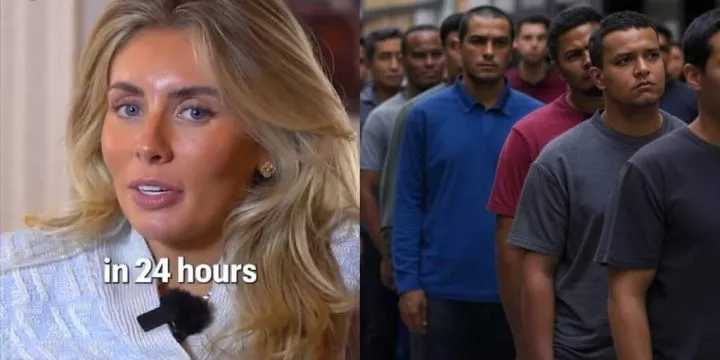





Comments